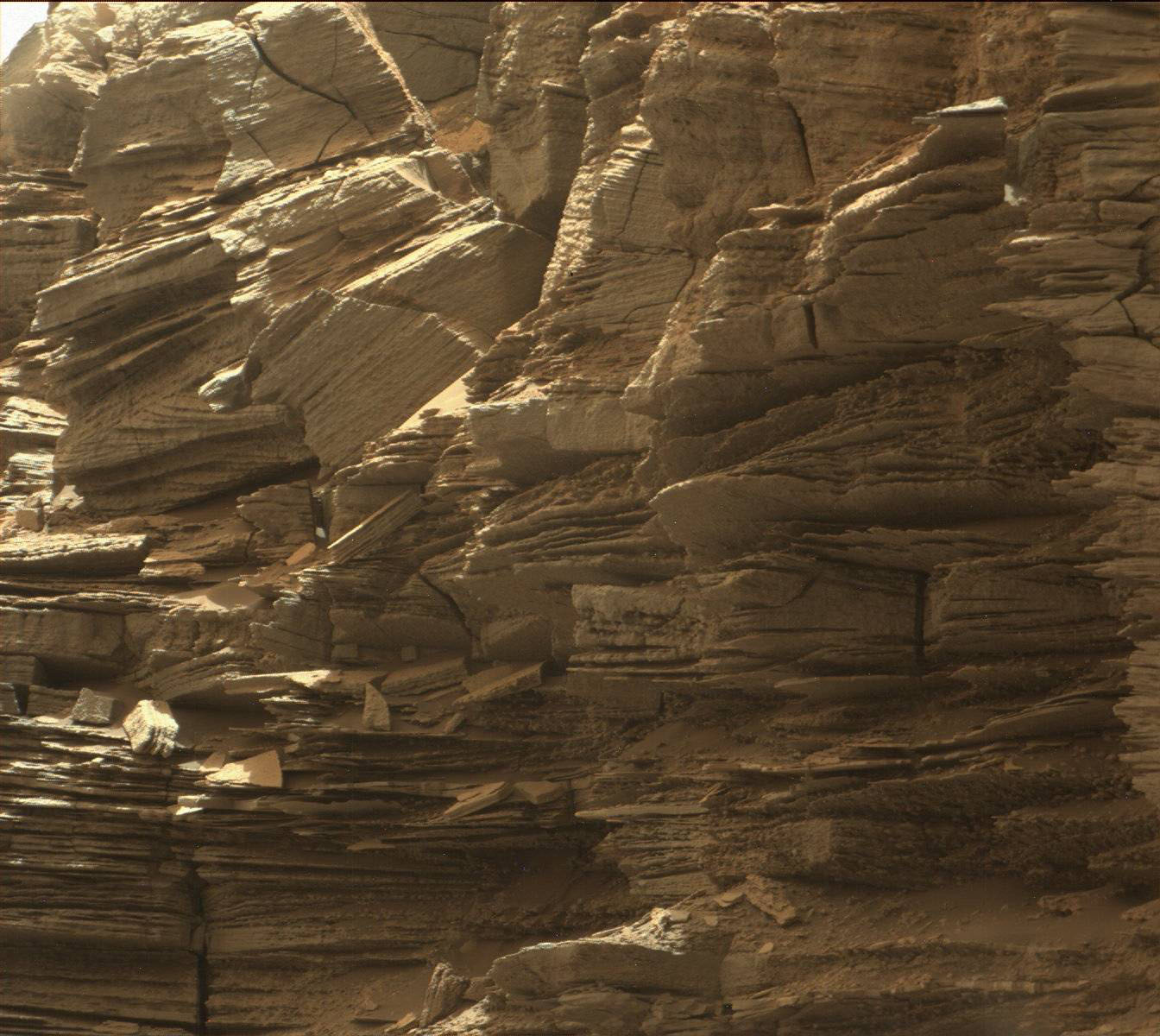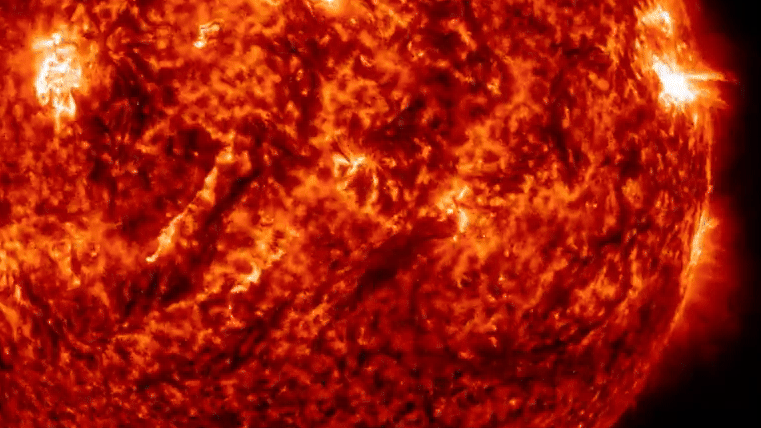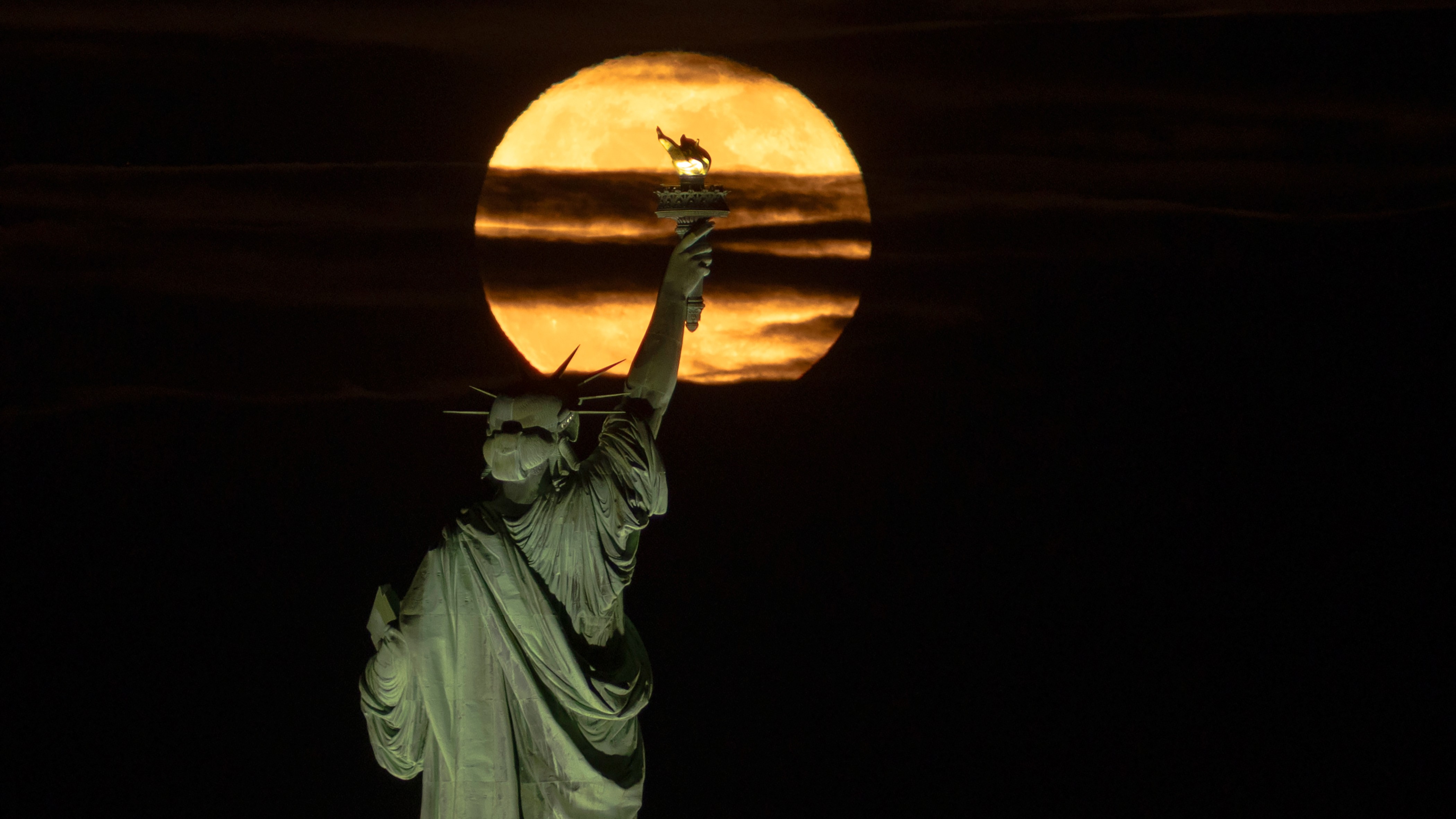Red Planet Hike: Mars Looks Like National Park in Awesome New Pics

The rocky Martian landscape rivals the beauty of national parks of the southwestern United States in amazing new photos taken by NASA's Mars Curiosity rover last week.
Curiosity took the photos on Thursday (Sept. 8) as the rover said farewell to Murray Buttes, an area with steep rock formations at the base of the 3.4-mile-high (5.5 kilometers) Mount Sharp. The rover, also known as the Mars Science Laboratory, has been investigating the Murray formation for the last month.

Soft, eroded layers of sandstone at Murray Buttes are preserved beneath a layer of hard rock. Winds likely created the ancient landscape by depositing sand at the base of a newly formed Mount Sharp. These layers of rock likely hold clues about the geological and climate history of Mars, according to NASA officials. [Photos: Spectacular Mars Vistas by NASA's Curiosity Rover]

"Curiosity's science team has been just thrilled to go on this road trip through a bit of the American desert Southwest on Mars," Curiosity Project Scientist Ashwin Vasavada, of NASA's Jet Propulsion Laboratory in Pasadena, California, said in a statement.
"Studying these buttes up close has given us a better understanding of ancient sand dunes that formed and were buried, chemically changed by groundwater, exhumed and eroded to form the landscape that we see today," Vasavada added.
The Curiosity rover just celebrated the four-year anniversary of its dramatic landing on Mars. On Aug. 5, 2012, the rover plopped down onto the floor of Gale Crater, a 96-mile-wide (154 km) dent in the Martian surface. Mount Sharp sits in the center of the crater, about 5 miles (8 km) from the base of Mount Sharp. [Infographic: Mars Rover Curiosity's Landing Site: Gale Crater].
Now the rover is leaving Murray Buttes, set to continue climbing up Mount Sharp despite the damage Mars' rugged terrain has inflicted on the vessel's wheels.
Get the Space.com Newsletter
Breaking space news, the latest updates on rocket launches, skywatching events and more!
Since arriving on the Red Planet, Curiosity has found evidence to suggest that Mars once had water — and possibly even microbial life.
Email Hanneke Weitering at hweitering@space.com or follow her @hannekescience. Follow us @Spacedotcom, Facebook and Google+. Original article on Space.com.
Join our Space Forums to keep talking space on the latest missions, night sky and more! And if you have a news tip, correction or comment, let us know at: community@space.com.

Hanneke Weitering is a multimedia journalist in the Pacific Northwest reporting on the future of aviation at FutureFlight.aero and Aviation International News and was previously the Editor for Spaceflight and Astronomy news here at Space.com. As an editor with over 10 years of experience in science journalism she has previously written for Scholastic Classroom Magazines, MedPage Today and The Joint Institute for Computational Sciences at Oak Ridge National Laboratory. After studying physics at the University of Tennessee in her hometown of Knoxville, she earned her graduate degree in Science, Health and Environmental Reporting (SHERP) from New York University. Hanneke joined the Space.com team in 2016 as a staff writer and producer, covering topics including spaceflight and astronomy. She currently lives in Seattle, home of the Space Needle, with her cat and two snakes. In her spare time, Hanneke enjoys exploring the Rocky Mountains, basking in nature and looking for dark skies to gaze at the cosmos.









